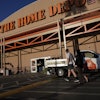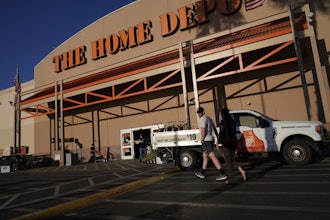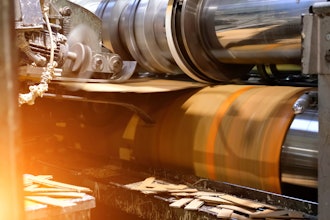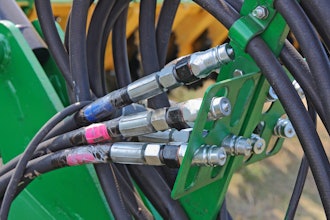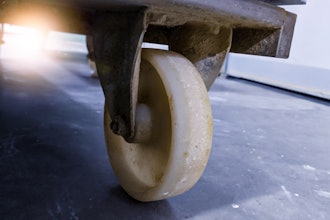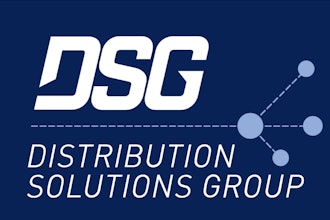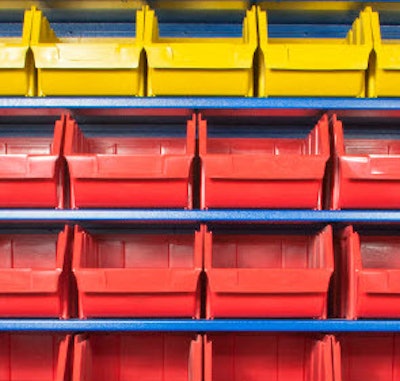
The "nuts and bolts" of Slotting
Optimal warehouse space utilization, reduced labor costs and increased throughput are all achievable through effective slotting. Years of industry consultant research confirm that slotting alone typically can:
Increase picker productivity between 7 and 20 percent
Reduce replenishment labor costs from 3 to 13 percent
Increase storage space cube capacity utilization by as much as 40 percent
Some businesses with low SKU turnover and minimal seasonality may be fine with quarterly or even annual re-slotting evaluations, using relatively simple spreadsheet-based tools. On the other end of the spectrum, many DC operators can benefit from real-time slotting programs integrated with the WMS. The latter continuously monitor SKU velocities and optimize the slotting profile - based upon return on investment (ROI) projections of the costs to move SKUs to the appropriate zone, segment, type, size and level, etc., versus the expected improved pick efficiency.
Regardless of the simplicity or sophistication of your slotting evaluation and process, the following guidelines can serve you well and help you to succeed.
Is your Operation a Candidate for Slotting?
Does travel time account for more than half of the replenishment and picking labor?
Are replenishment tasks and volumes preventing completion of pick waves?
Are pick rates below industry standards?
Do seasonality changes decrease picking productivity?
Are there plans to:
- Expand the current DC or move to a new facility?
- Implement a WMS or labor management system (LMS)?
- Expand via acquisition or introduce new product lines?
Goals of Effective Slotting
Increased productivity, lower labor costs
Improved space utilization, increased storage capacity
Improved ergonomics and employee morale
Reduced product damage
Reduced travel for picking, replenishment and put-away:
- Increased pick density
- Sequenced product storage for optimal pick tours
Improved pick productivity
- Reduced pick path
- Establishing "Golden Zone" slotting (i.e., those locations between the waist and chest where picking effort is easiest/quickest)
- Reducing exceptions due to stock-outs
- Balancing workload across zones/areas
Reduced replenishment frequency
- Optimizing location size to reduce number of trips for replenishment
- Minimizing emergency replenishments
Reduced product damage and employee injuries
- Sequencing product by weight and crushability
- Improving ergonomics by reducing fatigue and minimizing difficult movements
- Storage of heavy and awkward products in easily accessible locations
Improved storage efficiency
- Optimizing location capacity
- Assigning products to right-sized locations
- Increasing facility inventory capacity/extending the lifespan of the facility
Increased throughput capacity
- Balancing workload by zone
- Reducing aisle contention
- Balancing conveyor and other MHE capacities
Effective Slotting Requirements
Accurate and complete SKU-relevant dataMix of storage media to enable right-sizing of locations
- SKU dimensions and weights
- Lines and units demand metrics
- Historical inventory levels
- Case quantities, cases per pallet and case dimensions
- Storage media location types and relevant dimensions
Tools to segment and assign SKUs to zones, velocity classes and appropriate location types/sizes
Ability to determine ROI for relocation of SKUs to appropriate zone, segment, type, size and level (i.e., cost of move versus improved pick efficiency)
Means to communicate the appropriate zones and segments during product put-away and replenishment
Empowered resources to maintain slotting to follow business changes (i.e., new SKUs or seasonal changes)
A Final Word
This two-part blog began in a friend's kitchen where experience and efficiency had determined the best location of the pots and pans, crockery, tableware, etc. Perhaps this analogy is a bit of an oversimplification. Yet, the same concepts apply to the layout of products in a distribution center, albeit the challenge is bigger and the impact more critical to the company's bottom line. Time and again, purposeful slotting has proven to be the difference between an efficient and cost-effective DC operation and one that becomes a financial millstone.
Many experienced managers will tell you it's the little things often overlooked or taken for granted that can cause you the most aggravation or provide the most unpleasant surprises. Nothing is more basic in DC operations than slotting; and nothing will give you more positive return at lower cost.

